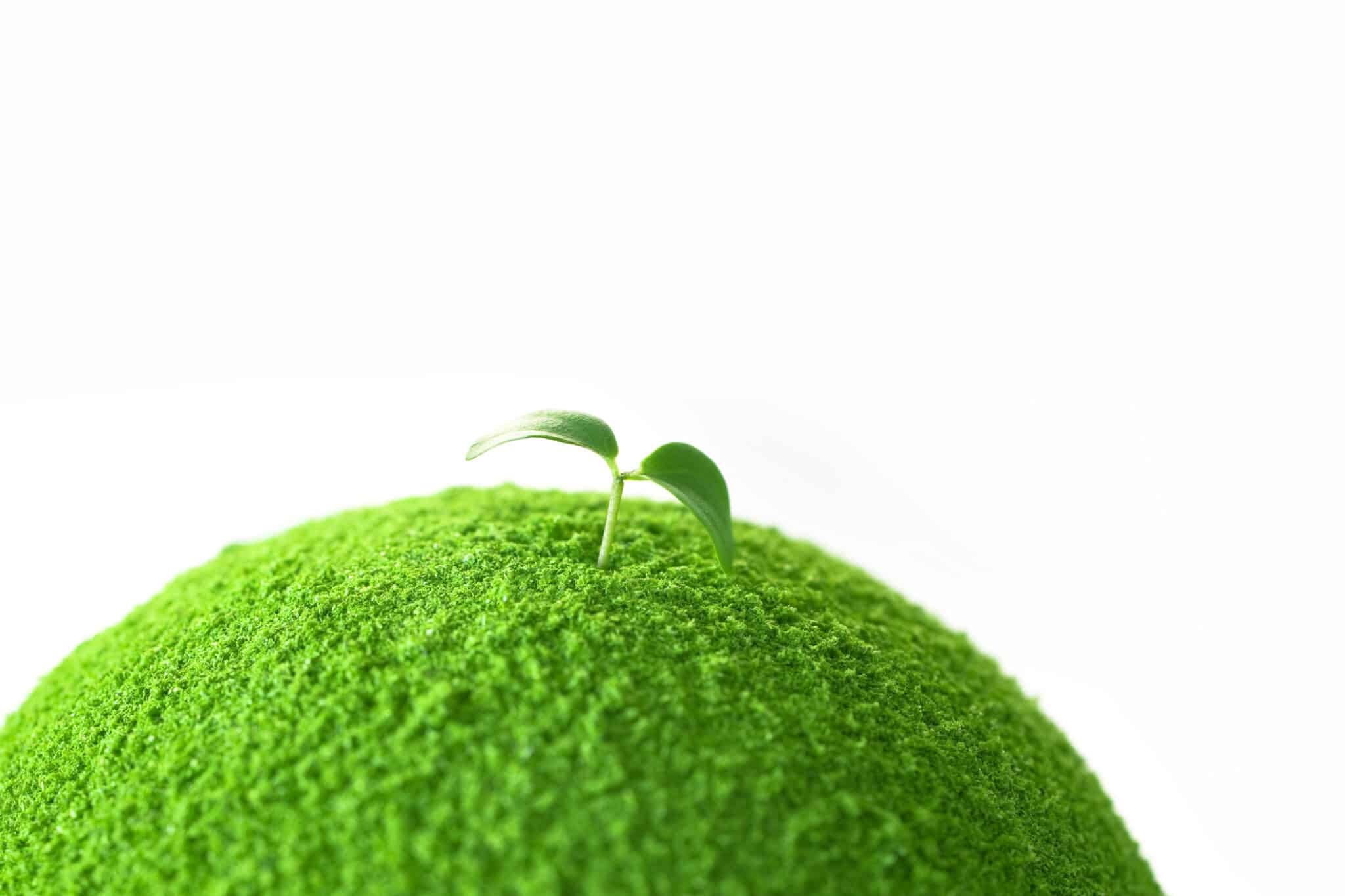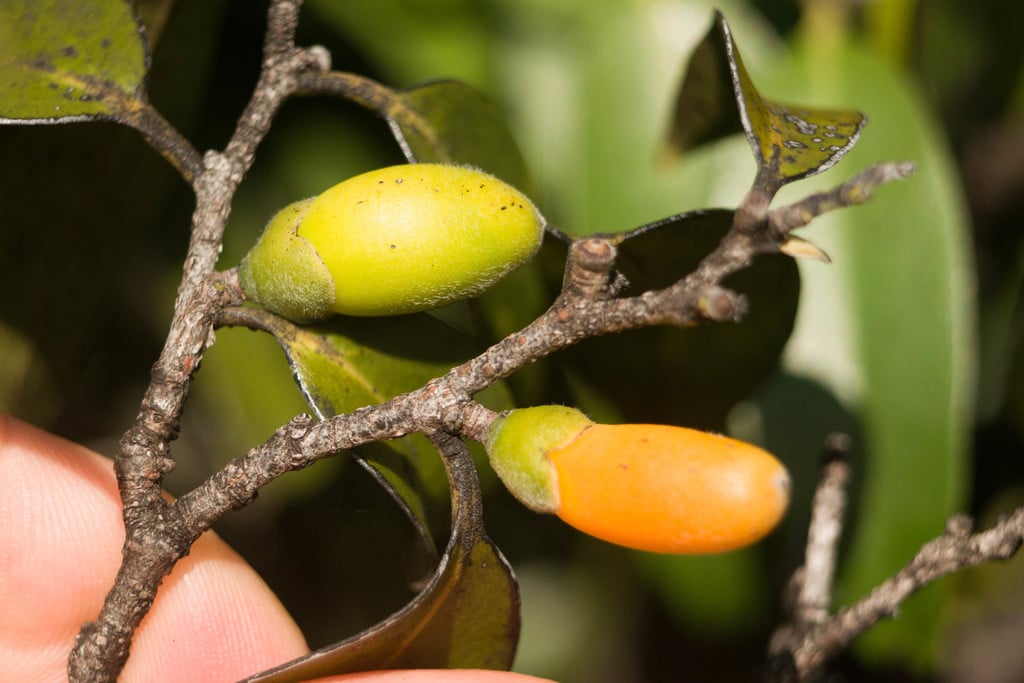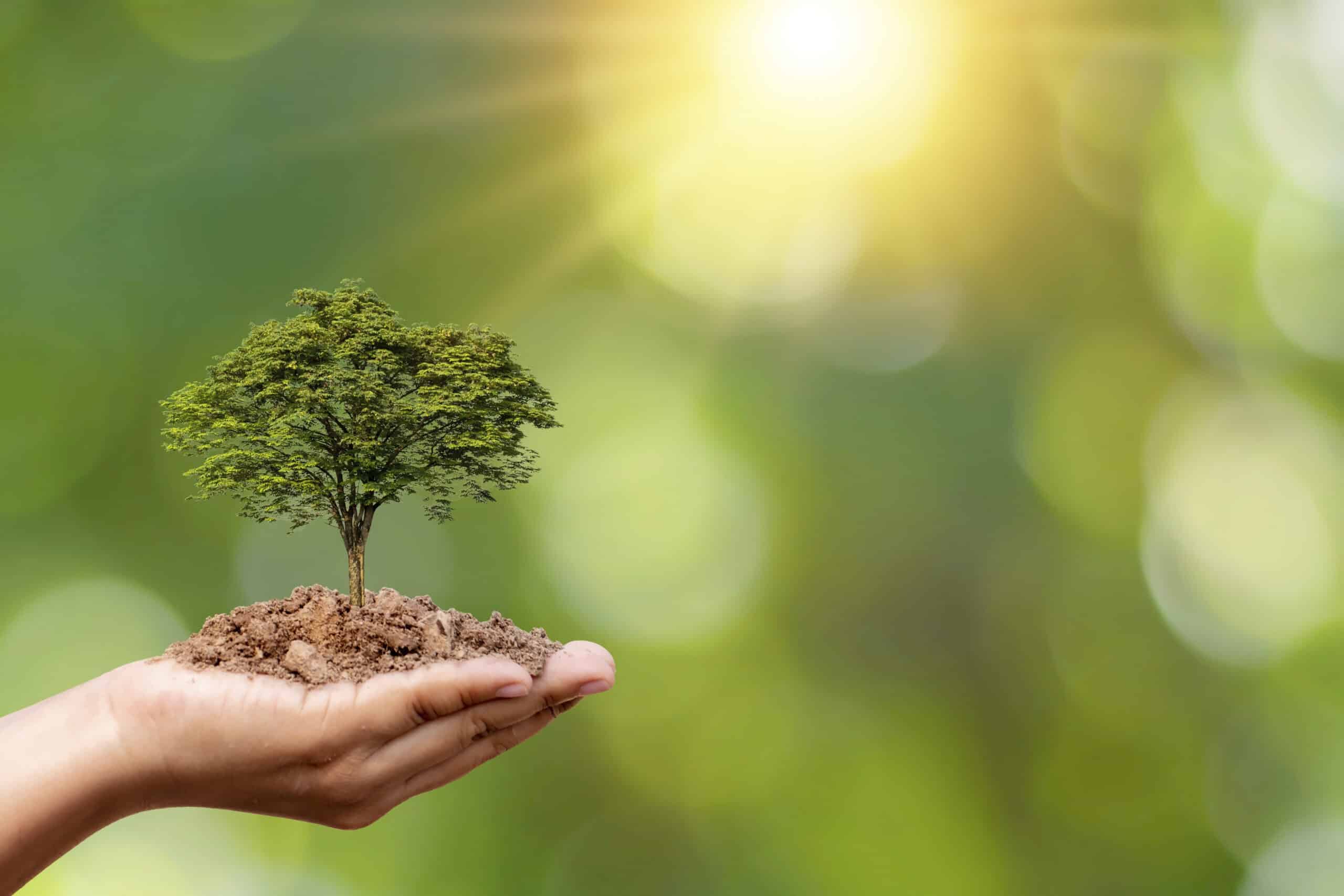Diospyros sandwicensis, commonly known as lama, is a revered native tree throughout Hawaii, especially in Laie and Kapolei. Its historical and ecological significance makes Diospyros sandwicensis an important symbol of native Hawaiian flora. Communities continue to protect and promote Diospyros sandwicensis for its beauty, traditional uses, and ability to support biodiversity. By learning more about Diospyros sandwicensis, residents can play an active role in conserving this remarkable plant.
Lama trees belong to the ebony family and thrive in diverse Hawaiian ecosystems, from dry lowlands to upland forests. Their glossy green leaves and striking dark wood make them both visually appealing and culturally valuable across the islands. Known for its resilience and long lifespan, this native species plays a critical role in soil retention and ecosystem balance. Because of these traits, the presence of Diospyros sandwicensis enhances natural landscapes and supports environmental education efforts.
In Hawaiian tradition, lama represents enlightenment and protection, symbolizing both spiritual and physical strength. Its use in religious and ceremonial practices adds layers of cultural depth to its ecological importance. Today, gardeners and conservationists alike cultivate lama to honor heritage and sustain native plant communities. Embracing Diospyros sandwicensis reflects a broader commitment to preserving Hawaii’s environmental and cultural legacy.
Lama – Diospyros sandwicensis Details
Diospyros sandwicensis, known locally as lama, is a slow-growing, medium-sized tree native to the Hawaiian Islands. The tree can reach heights of 20 to 40 feet and produces small yellow fruits and dark, hard wood. Its bark is smooth and grayish, and its glossy green leaves are elliptical with a leathery texture, arranged alternately. Diospyros sandwicensis grows best in lowland dry forests but adapts well to mesic and coastal areas, including Laie and Kapolei.
Lama holds a special place in Hawaiian culture, often planted around heiau (temples) and used in spiritual ceremonies. Its name, “lama,” symbolizes light, clarity, and enlightenment in traditional Hawaiian belief systems and chants. The tree’s wood is dense and durable, historically crafted into tools, images, and sacred objects by native Hawaiians. Today, it continues to be revered and protected as a culturally significant and ecologically valuable species.
Ecologically, Diospyros sandwicensis supports biodiversity by providing habitat and food for native birds and insects. Its flowers attract pollinators, while fallen fruit sustains ground-dwelling species in forest ecosystems. Because it’s endemic, preserving lama helps prevent habitat degradation and supports native reforestation initiatives. Conservation of this species in places like Laie and Kapolei strengthens both natural and cultural Hawaiian landscapes.
Varieties and Cultivars
Diospyros sandwicensis, or lama, exhibits several regional varieties that reflect Hawaii’s diverse climates and ecological zones. Each variety of Diospyros sandwicensis has adapted to unique environments, enhancing its resilience and cultural relevance across islands. For example, varieties such as kauaiensis, oahuensis, and lanaiensis are named after the islands where they naturally thrive. These cultivars demonstrate localized traits, from leaf size and fruit texture to bark color and overall tree height.
In Laie and Kapolei, specific lama varieties may flourish depending on microclimate and elevation. Horticulturists and conservationists monitor these variations to guide planting choices and preserve native genotypes. Some cultivars show better drought resistance, while others adapt well to wetter conditions or shaded understory locations. Understanding these differences ensures healthy growth and helps maintain genetic diversity in restoration efforts.
Gardeners interested in Diospyros sandwicensis should seek seeds or saplings matched to their local climate and soil type. Using regionally appropriate cultivars boosts success rates and supports ecological harmony within the native habitat. Additionally, planting various lama types can create visually dynamic landscapes with layered textures and seasonal fruit displays. These varieties also offer educational opportunities to teach about Hawaii’s rich botanical diversity and endemic species.
Best Time to Plant
The best time to plant Diospyros sandwicensis in Hawaii is during the wet season, typically from November through March. Planting Diospyros sandwicensis during these months ensures seedlings receive ample rainfall and establish roots before drier conditions return. In Laie and Kapolei, timing your planting with seasonal rains increases survival rates and minimizes the need for supplemental watering. Young trees benefit greatly from natural moisture and cooler temperatures found during this planting window.
Selecting healthy seedlings and planting early in the wet season gives Diospyros sandwicensis a stronger start in its new environment. This timing allows roots to develop deeply, anchoring the plant before summer winds and heat arrive. Planning ahead also ensures access to native nursery stock, which can become limited during peak restoration seasons. When seedlings are well-timed, they adapt quickly and resist early transplant stress effectively.
Avoid planting Diospyros sandwicensis during dry or windy months, as this can reduce establishment success and increase maintenance needs. Newly planted trees require consistent moisture and protection from extreme weather to thrive. In wetter years, an extended planting period may be possible, offering more flexibility for gardeners and landscapers. Always monitor soil conditions and rainfall patterns closely to optimize planting success and long-term growth.
Growing Conditions for Diospyros sandwicensis
Diospyros sandwicensis thrives in well-draining soils with moderate fertility and a slightly acidic to neutral pH range. Ideal growing environments include lowland dry forests, coastal plains, and mesic uplands found in areas like Laie and Kapolei. These trees prefer full sun but can tolerate partial shade, especially during early growth stages or in hotter microclimates. Protection from strong winds is recommended to prevent damage to young branches and encourage upright, balanced growth.
Moisture plays a key role in healthy development, though overwatering can cause root rot or fungal infections. Diospyros sandwicensis benefits from consistent but moderate watering, especially during dry spells and early establishment. Mulching the base of the tree helps conserve moisture, reduce weeds, and regulate soil temperature year-round. Avoid planting in heavy clay or poorly drained sites that retain water after rainfall.
In regions with natural rainfall cycles like Kapolei, planting Diospyros sandwicensis in harmony with weather patterns promotes better adaptation. Warmer temperatures and adequate light enhance photosynthesis, supporting healthy foliage and fruit production over time. Trees in cooler, shaded areas may grow more slowly and require supplemental sunlight or pruning to maintain vigor. Choosing appropriate microhabitats ensures long-term success and encourages natural self-sufficiency as the tree matures.
Planting Instructions for Diospyros sandwicensis
Planting Diospyros sandwicensis successfully involves a thoughtful process that supports strong root development and long-term tree health. In Laie and Kapolei, following these planting steps helps ensure your lama tree thrives in the native Hawaiian climate:
-
Choose the Right Location
Select a site with full sun or partial shade, well-draining soil, and protection from intense wind exposure.
Avoid low-lying spots prone to water pooling, especially after heavy rains, as Diospyros sandwicensis dislikes soggy roots.
Consider natural elevation or gently sloping areas that promote runoff and prevent standing water around the base. -
Prepare the Planting Hole
Dig a hole twice the width and the same depth as the tree’s root ball to encourage lateral root growth.
Loosen surrounding soil to reduce compaction and help roots expand more easily into the native ground.
Examine the root ball for circling roots and gently tease them outward if necessary before planting. -
Planting the Tree
Set the tree in the hole, ensuring the root crown sits level with or just above the surrounding soil.
Backfill with native soil, tamping gently as you go to remove air pockets and ensure good root-to-soil contact.
Water thoroughly immediately after planting to help settle the soil and provide essential hydration. -
Apply Mulch Thoughtfully
Spread a two-to-three-inch layer of mulch around the base, avoiding direct contact with the trunk.
Mulch helps conserve moisture, suppress weeds, and buffer soil temperatures in changing weather conditions. -
Support and Monitor
Stake the tree if it’s in a windy location, using soft ties that won’t damage the bark or restrict growth.
Monitor soil moisture during establishment, watering consistently but allowing the soil to dry slightly between sessions.
Adjust watering based on seasonal rainfall, especially in drier months or regions like Kapolei.
These steps help Diospyros sandwicensis settle quickly, promoting strong early growth and reducing transplant stress significantly.
Care and Maintenance of Diospyros sandwicensis
Caring for Diospyros sandwicensis properly ensures long-term health and a strong presence in your garden or restoration area. Regular watering during the first year is essential to help Diospyros sandwicensis develop a resilient and deep root system. Gradually reduce watering as the tree matures, allowing natural rainfall in Laie and Kapolei to support its hydration needs. Always monitor soil moisture, especially during dry spells, to prevent wilting or root stress.
Pruning is best done annually to remove dead, damaged, or overcrowded branches and to encourage a balanced structure. Use clean, sharp tools and make cuts at an angle near the branch collar without harming the trunk. Diospyros sandwicensis typically maintains a neat shape, but occasional shaping helps manage height and improve air circulation.
Avoid over-pruning, as this can expose the tree to pests and hinder its natural growth rhythm.
Mulch should be replenished once or twice a year to maintain soil health and minimize weed competition. Use organic mulch like shredded bark, leaf litter, or compost to enrich the soil as it decomposes. Keep mulch at least two inches from the trunk to prevent rot and discourage insect nesting at the base. A healthy layer of mulch supports the lama tree’s root environment and boosts overall resilience.
Routine checks for pests or disease signs allow for timely interventions before damage becomes extensive or irreversible. Healthy Diospyros sandwicensis trees typically resist most issues, but vigilance ensures early detection and treatment. Insecticidal soaps or horticultural oils may be used if necessary, following eco-friendly guidelines to protect native fauna. Maintaining a clean and well-spaced growing area further reduces disease risk and supports vigorous tree growth.
Common Problems and Solutions for Diospyros sandwicensis
While Diospyros sandwicensis is resilient, it can encounter several issues that require early intervention and ongoing care:
-
Fungal Infections
Fungal problems like leaf spots and root rot often result from excess moisture or poor air circulation. These diseases appear as discolored patches or wilting leaves, especially during prolonged rainy periods. To prevent infection, plant Diospyros sandwicensis in well-drained soil and avoid overhead watering. Prune regularly to open up the canopy and dispose of any infected leaves to limit fungal spread.
-
Insect Infestations
Pests such as scales, aphids, and mealybugs may target stressed or newly planted Diospyros sandwicensis trees. Look for sticky residue, distorted leaves, or clustered insects on stems and leaf undersides. Treat mild infestations with neem oil or insecticidal soap, applying during early morning or evening hours. Encourage natural predators like ladybugs and lacewings to help maintain a healthy pest balance in your garden.
-
Environmental Stress
Stress from drought, wind, or intense sun exposure can slow growth, cause leaf drop, or damage young bark. Stake trees in windy locations and apply mulch to retain moisture and shield roots from temperature extremes. Protect trunks from sunburn with breathable wraps or temporary shade until they mature. Water deeply and infrequently to promote deep root systems that better withstand dry conditions.
-
Soil-Related Challenges
Poor soil quality or compacted ground may limit Diospyros sandwicensis root expansion and nutrient uptake. Amend planting sites with compost or organic material to boost soil health and drainage. Avoid heavy clay soils unless improved with sand and organic matter for better root aeration. Test pH levels periodically to ensure a slightly acidic to neutral range for optimal tree performance.
By addressing these issues early, Diospyros sandwicensis can remain healthy and continue thriving in Laie, Kapolei, and beyond.
Uses and Landscaping Tips
Diospyros sandwicensis is both culturally significant and visually striking, making it a valuable addition to any Hawaiian landscape. Its glossy green leaves and upright form offer year-round visual interest, especially when used as a focal tree. Landscapers in Laie and Kapolei often plant Diospyros sandwicensis to enhance native garden themes and promote biodiversity. Because it’s slow-growing, it fits well in smaller spaces or near structures without overwhelming the design.
Beyond aesthetics, the wood of Diospyros sandwicensis is dense and dark, traditionally used in religious carvings and tools. Today, it remains a symbol of strength and spiritual clarity in Hawaiian cultural practice and storytelling. Its presence in landscapes represents both environmental stewardship and respect for heritage in public and private gardens. Gardeners often pair lama with native shrubs and groundcovers for cohesive, low-maintenance planting schemes.
This tree also offers ecological benefits by providing shade, reducing soil erosion, and creating habitats for local wildlife. Its small fruits attract birds, while its flowers support pollinators critical to Hawaiian ecosystems. Planting Diospyros sandwicensis near walkways or gathering areas adds shade while supporting native plant education. In larger landscapes, grouping several trees creates mini forest groves that mimic natural habitats and offer cooling benefits.
Designers can use Diospyros sandwicensis to anchor native-themed installations or as an accent tree in modern tropical gardens. It pairs beautifully with lava rock features, native grasses, and traditional hale structures. Its symbolic connection to light and enlightenment makes it a powerful statement in cultural parks or ceremonial spaces. Every planting enhances both the landscape’s visual appeal and its environmental value throughout Laie and Kapolei.
Propagation Methods
Diospyros sandwicensis is most commonly propagated by seed, although other methods like cuttings and air layering are also possible. Successful seed propagation begins with scarification to soften the hard seed coat and encourage quicker germination. Soak seeds in warm water for 24 hours before planting them in a moist, well-drained propagation medium. Place the container in partial shade and keep it consistently moist until seedlings appear, usually within four to eight weeks.
If using cuttings, select healthy semi-hardwood branches about six inches long, taken during the active growing season. Dip the cut ends in rooting hormone and plant them in a mixture of perlite and peat or coconut coir. Cover the container with a humidity dome or plastic bag to retain moisture and increase rooting success. Maintain warmth and indirect light until new roots form, which typically takes several weeks.
Air layering is another effective technique, especially for mature trees with limited seed production or poor seed viability. Choose a low branch, wound the bark, and wrap it in moist sphagnum moss and plastic to encourage root formation. Once roots develop, cut below the rooted section and transplant it to a prepared site or container. This method preserves parent characteristics, ensuring strong, healthy new trees for Laie and Kapolei gardens.

Environmental Impact and Benefits
Diospyros sandwicensis plays a vital role in Hawaii’s native ecosystems by supporting biodiversity and improving land resilience. Its deep roots stabilize soil, reduce erosion, and help maintain healthy watershed function across upland and coastal zones. In Laie and Kapolei, planting Diospyros sandwicensis improves green infrastructure and supports broader conservation and reforestation goals. Its canopy provides shade and shelter, creating a microclimate that supports other native plants and wildlife species.
The tree’s flowers attract native pollinators, including bees and butterflies, which are essential for ecosystem health and plant reproduction. Birds feed on its fruit, dispersing seeds and contributing to natural regeneration in both managed and wild landscapes. Because it is endemic, Diospyros sandwicensis enhances genetic diversity and preserves Hawaii’s unique botanical heritage. Protecting and propagating this species strengthens habitat corridors and safeguards native flora from displacement by invasive plants.
Additionally, Diospyros sandwicensis sequesters carbon and improves air quality, making it valuable in climate resilience planning. Its presence in urban spaces reduces heat island effects and promotes cleaner, cooler air for surrounding communities. Culturally, the tree reinforces traditional knowledge, fostering a sense of identity and stewardship among residents and youth. Education programs that include lama inspire long-term environmental responsibility and native species awareness.
Incorporating Diospyros sandwicensis into public spaces in Laie and Kapolei supports sustainability and honors ecological tradition.
Conclusion
Diospyros sandwicensis, the Hawaiian lama tree, stands as a symbol of cultural pride, ecological strength, and environmental stewardship. Its slow, steady growth and resilience make it ideal for both conservation projects and residential landscaping in Laie and Kapolei. By planting Diospyros sandwicensis, residents help restore native habitats, support biodiversity, and strengthen community connections to the land. This meaningful act also ensures future generations inherit a more vibrant, sustainable island ecosystem rooted in heritage.
Lama’s traditional role in ceremonies and its durable wood illustrate its deep connection to Hawaiian identity and spiritual practices. Its environmental benefits, soil stabilization, wildlife support, and air purification, make it an invaluable addition to native plant landscapes. Choosing to grow Diospyros sandwicensis is a step toward reestablishing balance between modern development and ecological integrity.
This tree serves as a bridge between ancestral wisdom and current sustainability goals embraced by Hawaii’s communities.
In public gardens, schoolyards, and urban green spaces, Diospyros sandwicensis offers daily reminders of Hawaii’s natural and cultural legacy. Its presence invites education, reflection, and appreciation for the island’s rich botanical history and ongoing conservation efforts. Promoting this native tree enriches not just the landscape, but the shared spirit of aloha across all Hawaiian communities. Let the lama tree inspire mindful planting choices that honor both place and purpose in Laie, Kapolei, and beyond.



